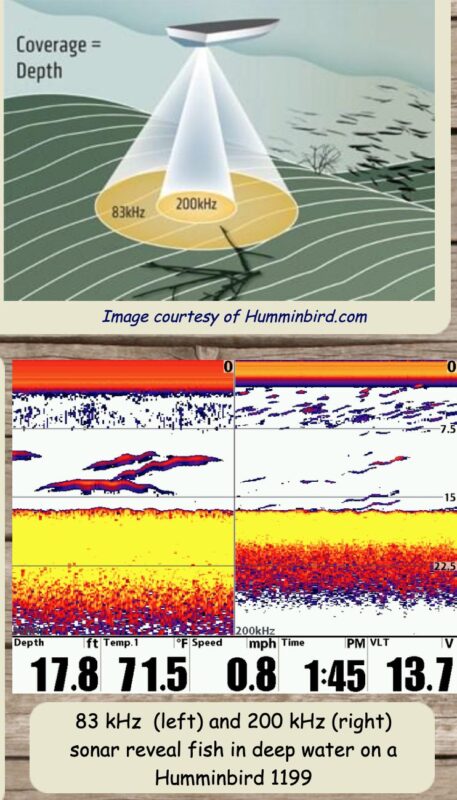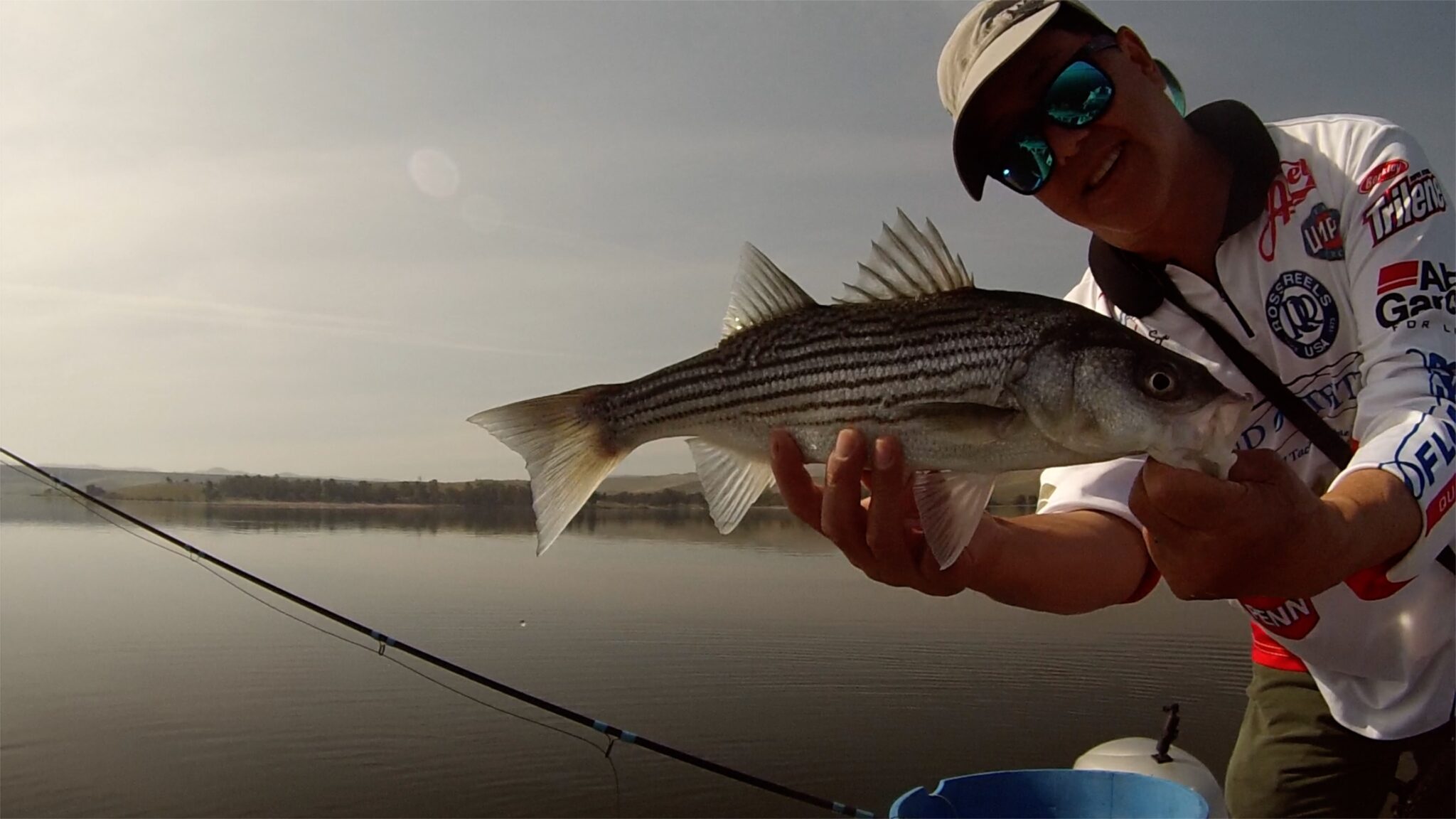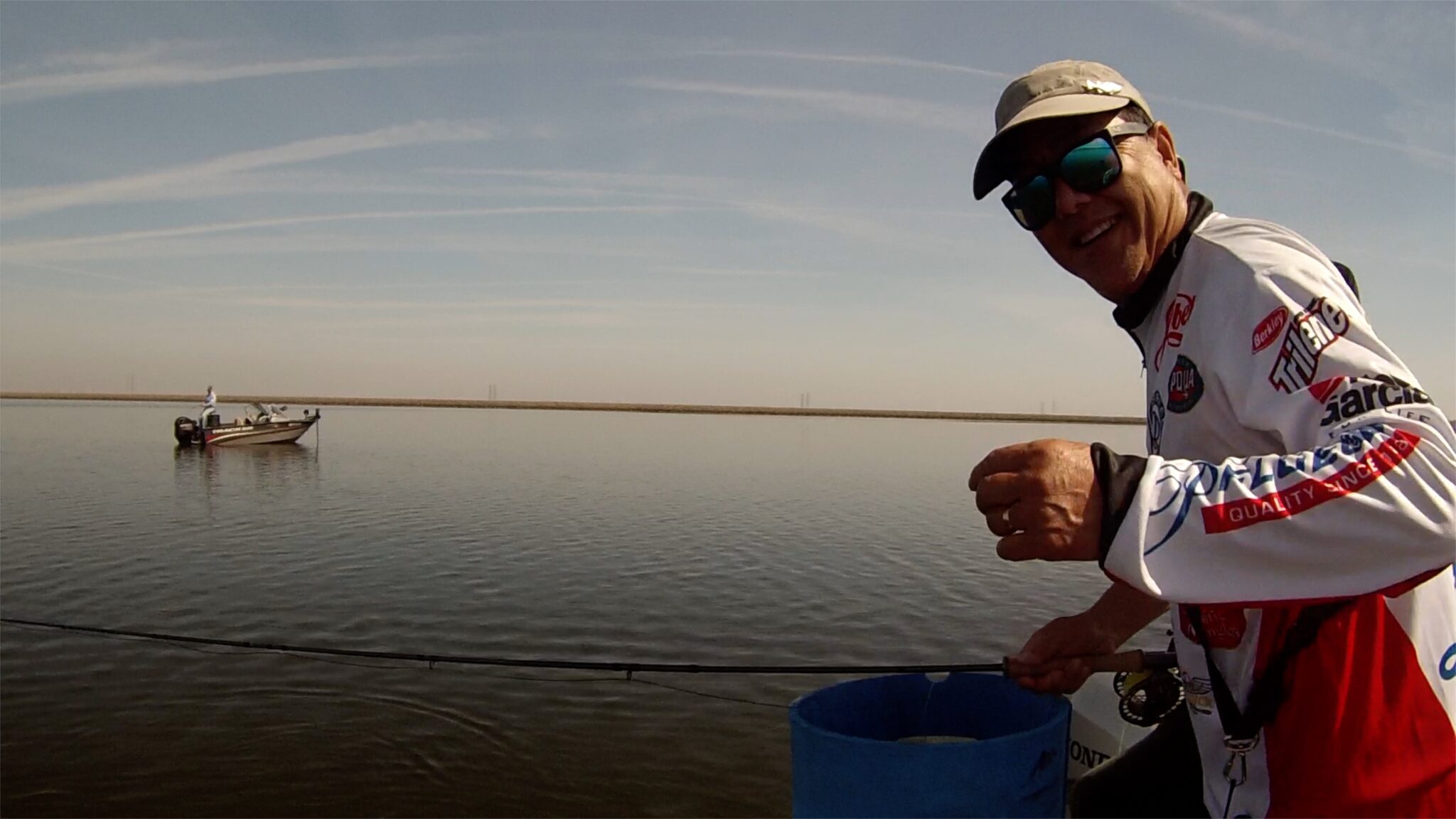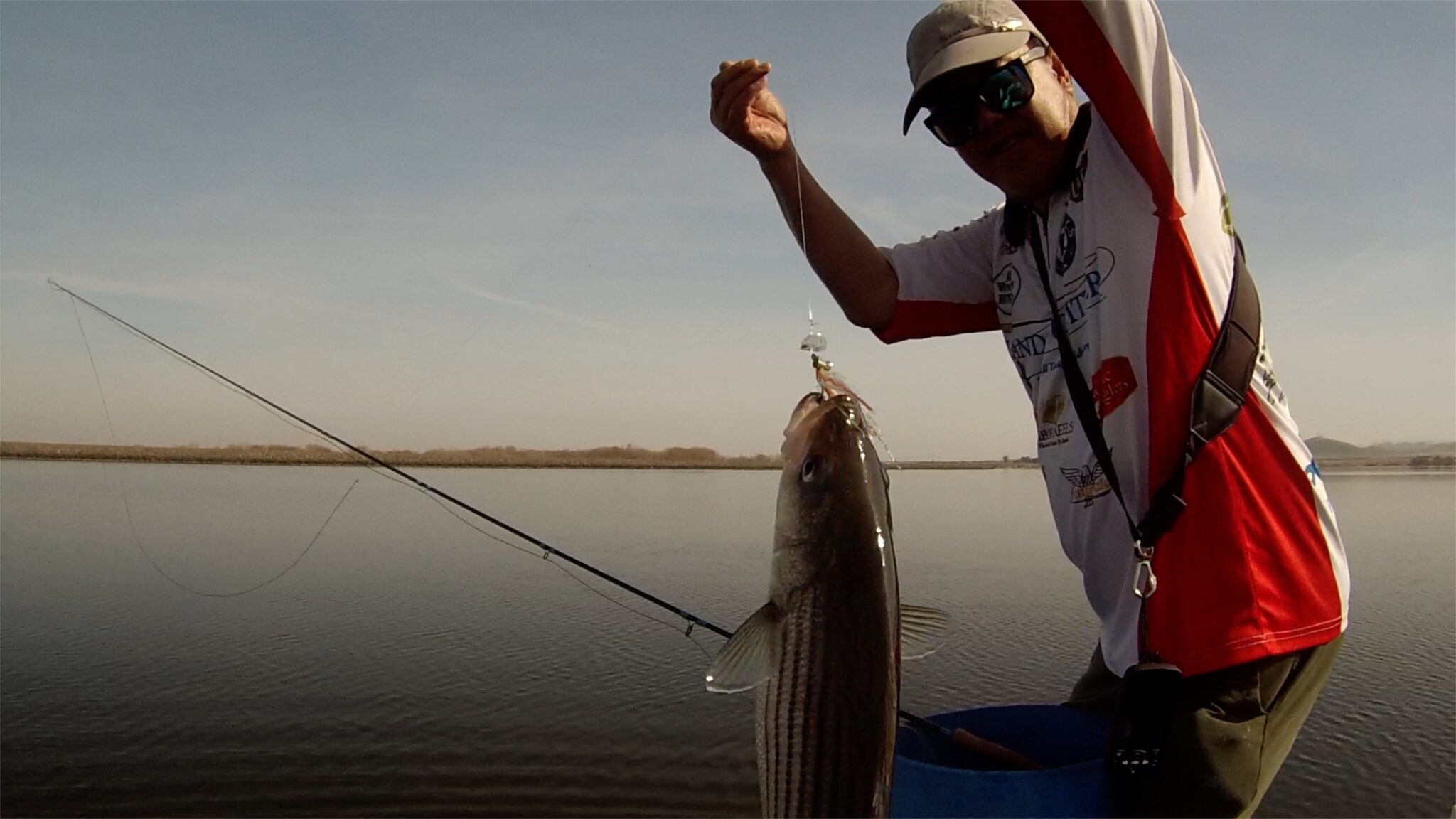Friday March 5 2021 – Fishing has definitely picked up on the forebay today. Catching 25 is always better than catching 2. The water temp is up to 59 degrees but the visibility is still about three feet. Last night there was a big moon and the solunar table was pretty pessimistic today. The weather report warned of big wind in the afternoon but when we got to the lake it was dead calm. Despite the the odds being against us, Brian and I decided to do the scouting and it paid off. The weather till 3:00 was perfect – hot and windless. I wouldn’t say the the fishing was on fire but getting 4-5 fish an hour all day is a fun and interesting day any way you look at it. However, it was a watershed day for me. In the last 45 years of fishing these waters, I can honestly say that this is the first day that I site fished the majority of stripers I caught. Today it seemed that the fish were more reactionary to the fly when it got within visual distance. I suspect that this will get more common in the next month. Instead of static behavior, I would guess a tenth of the fish would move toward the fly as it passed. I saw lots of following today as well and set too early on a few. Im still learning how to tease a fish thats following. Short quick steady strips just a little faster than the fish seems to create some motivation. If a fish sped up to follow, it was more likely to hit the fly. Also, they seem impatient to follow too long. After I got them to accelerate, stopping the fly and letting it drop like a jig usually did the trick. Im still learning the dance and its fun. It reminds me of video games.
It was educational today watching both the Helix downward scanning chirp sonar (2d) and the Livescope to see there strengths. I usually hunt large areas of water by putting the big motor on at 10 mph which is just before getting noise on the the Garmin 2 Chirp Sonar. Most Humminbird sonar units operate with so-called “dual-beam” sonar, meaning that the transducer transmits two sonar beams with frequencies of 200 kHz and 83 kHz. The higher frequencies give you higher resolution and narrower coverage to the side vs the 83 which is wider with less resolution. The 83 kHz beam of Humminbirds dual beam sonar systems has a 60 degree cone, which results in a much larger coverage area. For such a large cone angle, the circular area on the bottom that the 83 kHz sonar beam interacts with will have a diameter that approximately matches the water’s depth; in 21 feet of water, the circular area on the bottom will be approximately 21 feet across which is ten feet to either side of the boat. Many times I would see the 2D sonar lit up and find that there were no fish to cast too unless I let the fly line sink straight down. and stripped up. Also there were lots of times I found large schools of fish that within casting range that did not show on the 2d sonar at all. Searching the forebay is like using a flashlight in the dark with a 10 ft width of illumination . Its a real joy to go to a new place and land on a large school of fish with the 2D sonar and put the livescope down and see them everywhere around the boat 80 feet out but that is a rare event. Fly Fishermen need to set those frequencies 83 khz to search unless you have a lot of split shot!
John 9:25 …I was blind but now I see…






